Mount Kilimanjaro Acclimatization: Proven Tips and Strategies
How to Prevent Altitude Sickness: A Comprehensive Guide on Mount Kilimanjaro Acclimatization
Successfully reaching the summit of Mount Kilimanjaro is the goal of every climber. Yet, altitude sickness is the number one reason many don’t make it to the top. Understanding how to avoid altitude sickness on Kilimanjaro is essential to improving your summit chances.
The good news is that altitude sickness can be prevented. The key strategy is to give your body enough time to acclimatize. While some climbers may rush their ascent in an attempt to save time or money, this often backfires. A fast ascent increases the risk of altitude sickness, which could force you to abandon your climb—resulting in wasted time, effort, and money.
The Expedition Advisory Committee at the Royal Geographical Society recommends ascending no more than 300 meters higher than your previous night’s camp if you’re at an altitude above 2500m. Additionally, every third night, you should rest at the same elevation for optimal acclimatization. However, following this guidance strictly on Kilimanjaro’s Marangu Route would require over eight days to adjust from Mandara Huts to Kibo Huts, a trek most people complete in just two days.
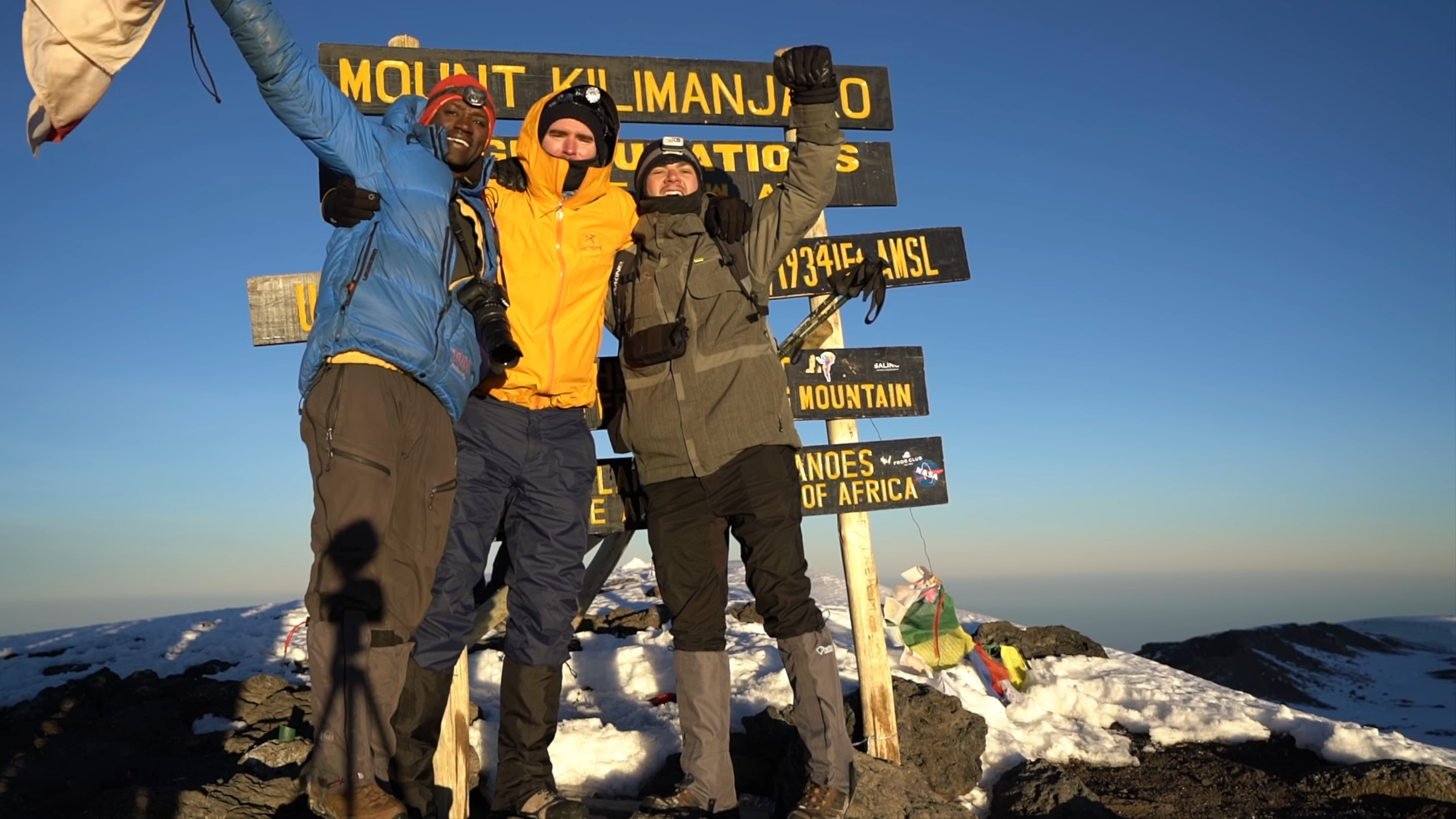
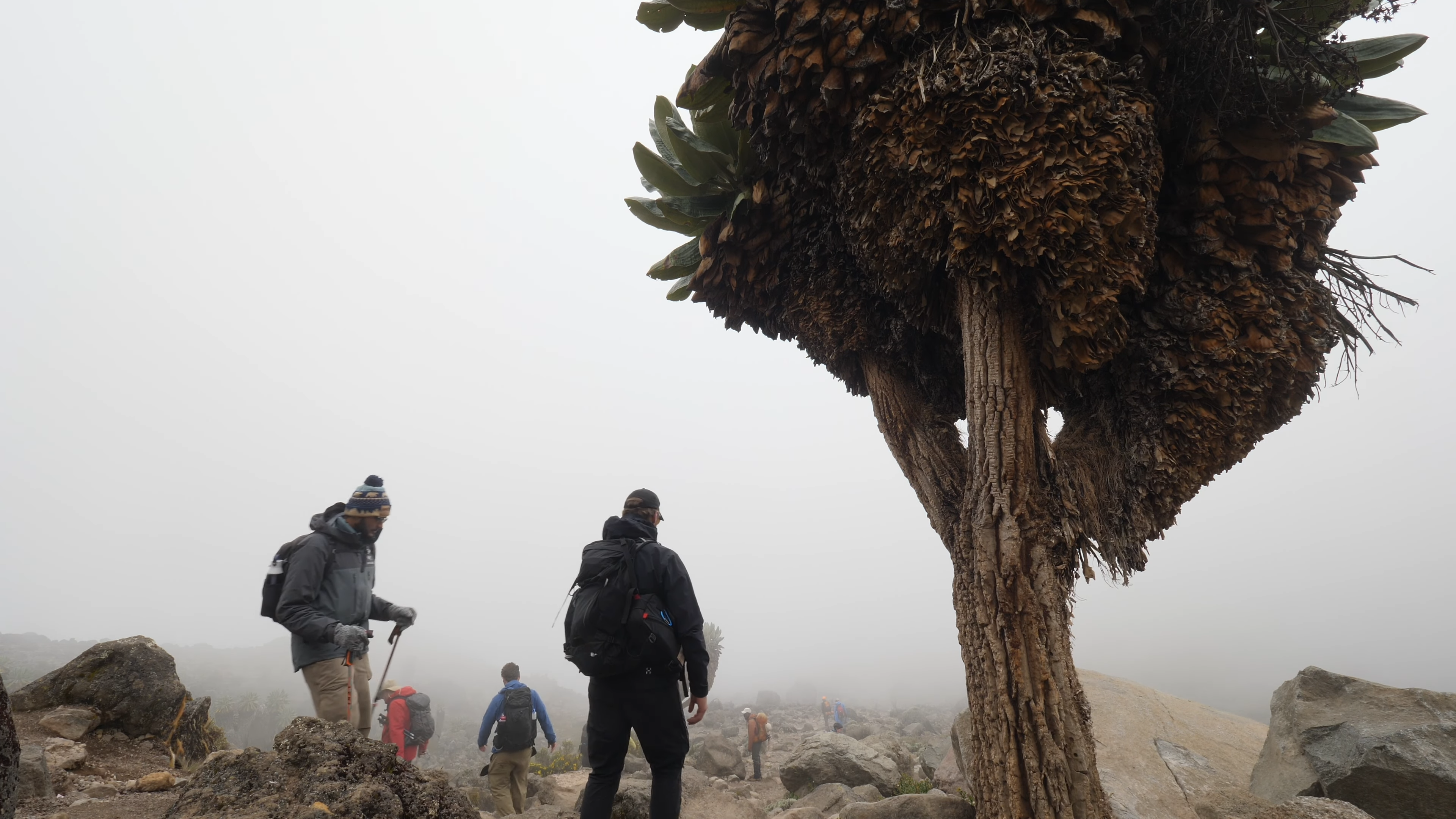
Strategies for Avoiding Altitude Sickness on Kilimanjaro
Pre-Acclimatization Hikes
Given the logistics and cost of longer Kilimanjaro itineraries, a pre-trek acclimatization hike on Mount Meru or Mount Kenya is highly recommended. These climbs provide invaluable exposure to high altitudes, which can better prepare your body for Kilimanjaro. Keep in mind, that these treks should be done immediately before your Kilimanjaro climb for maximum benefit. Plus, the panoramic views of Kilimanjaro from Mount Meru are a stunning bonus!
Rest Days for Acclimatization
If time or budget constraints prevent a pre-acclimatization trek, consider adding rest days to your Kilimanjaro climb. These days are not for lounging, but for actively acclimatizing. On the Marangu Route, for instance, guides often lead trekkers from Horombo Huts to Mawenzi Hut at 4600m before returning to camp, allowing your body to adjust to the higher altitude following the “climb high, sleep low” principle, which helps prevent altitude sickness.
Choosing the Right Route
The route you select can also affect your chances of developing altitude sickness. Some routes, like Machame, Lemosho, and Shira, naturally align with altitude acclimatization strategies by having you climb to higher elevations before descending to sleep at lower altitudes. For example, on these routes, you ascend to 4500m at Lava Tower, then sleep at Barranco Camp at 3985m.
Shorter routes, such as Marangu or Rongai, may have you reaching Kibo Huts in as little as three days—far too quick for proper acclimatization. To mitigate this, consider adding a rest day to your itinerary. This gives your body extra time to adapt to the altitude.
Go ‘Pole Pole’ to Prevent Altitude Sickness
How you approach the climb is just as important as which route you take. Many trekkers—especially young men—tend to walk too quickly, thinking their fitness levels will protect them from altitude sickness. However, acclimatization is more about pacing than fitness. By walking slowly—what locals call “pole pole”—you increase your chances of avoiding altitude sickness. Stick with your guide’s pace, ask questions, and embrace the slower journey.
Consider Taking Diamox
Diamox, a medication often used to treat altitude sickness, can also be taken as a preventative measure. Many climbers begin taking Diamox at a dosage of 125mg twice a day from the first day of their trek. While not everyone needs it, it can offer peace of mind and physical protection against altitude sickness.
Other Tips to Acclimatize on Kilimanjaro
- Stay Hydrated: Dehydration can worsen altitude sickness, so be sure to drink regularly throughout your trek. Hydration packs, like platypus-style water bags, make it easy to drink without stopping.
- Eat Well: Keeping your energy levels up is crucial. Eating sufficient calories helps prevent fatigue, a factor that can contribute to altitude sickness.
- Dress Warmly: Cold temperatures can sap your energy. Wearing appropriate clothing conserves energy that your body would otherwise use to maintain warmth.
- Hire a Porter: Many climbers believe that carrying your backpack increases the likelihood of altitude sickness. Hiring a porter allows you to save energy, making the trek easier on your body. Most trekking companies assume you’ll use a porter unless specified otherwise.
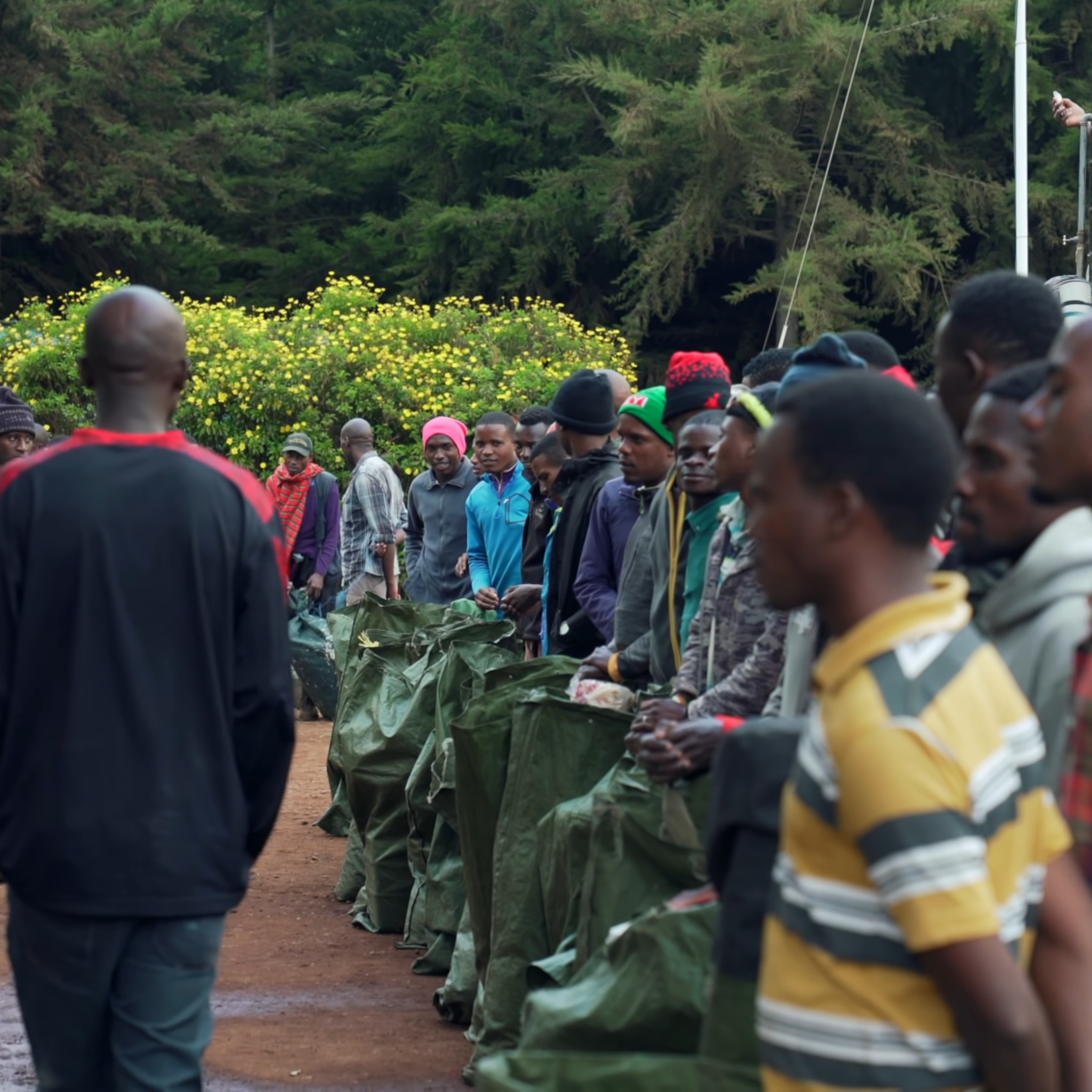
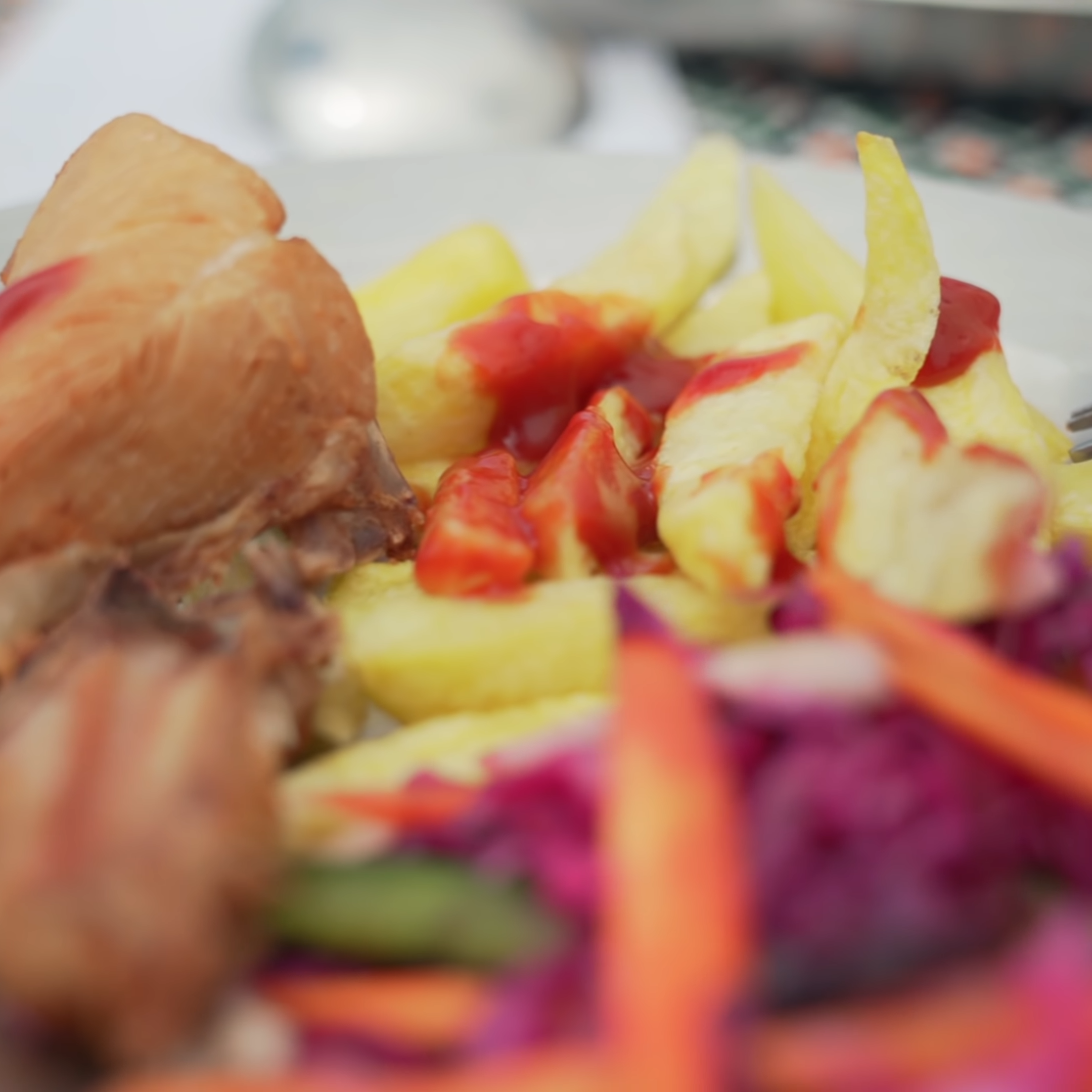
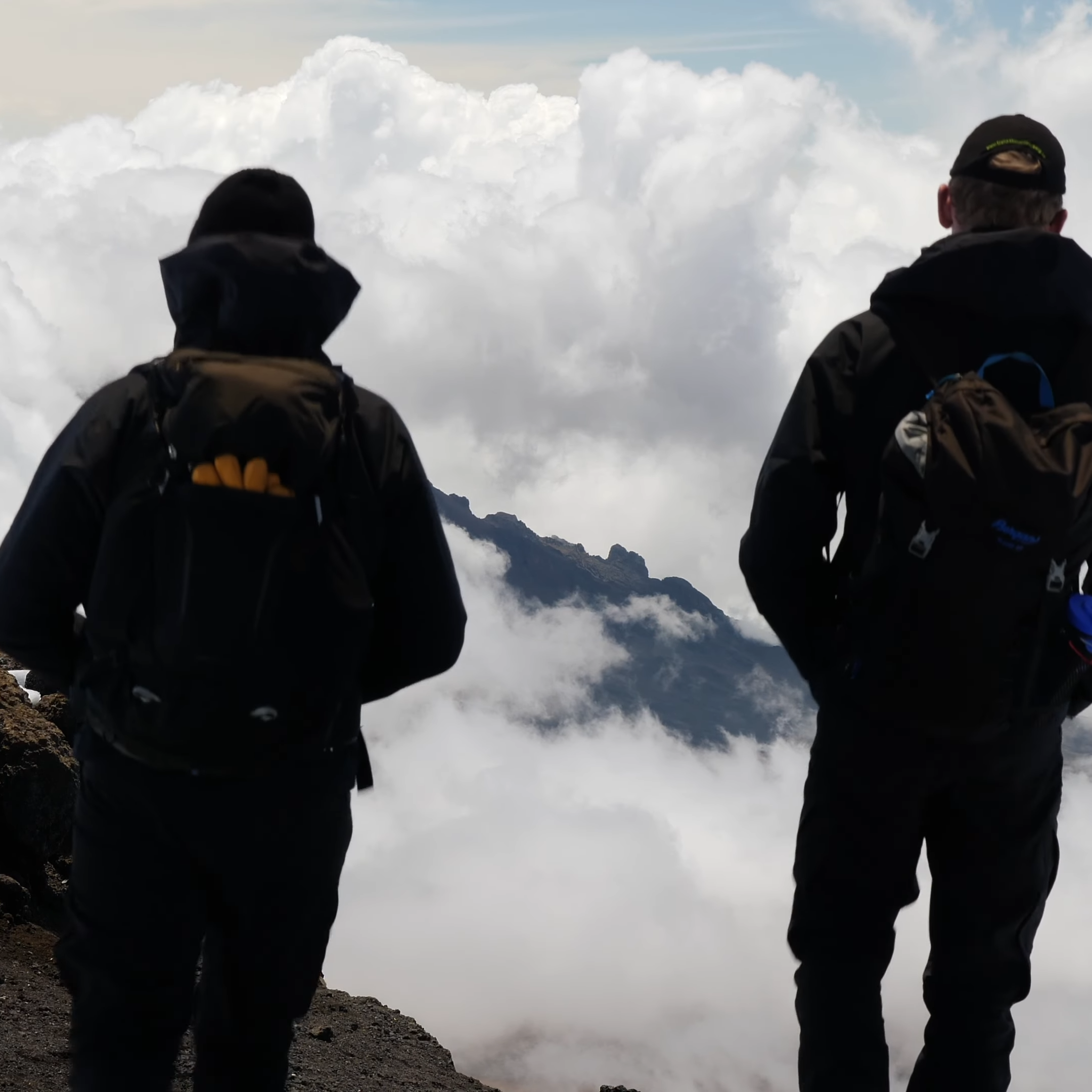
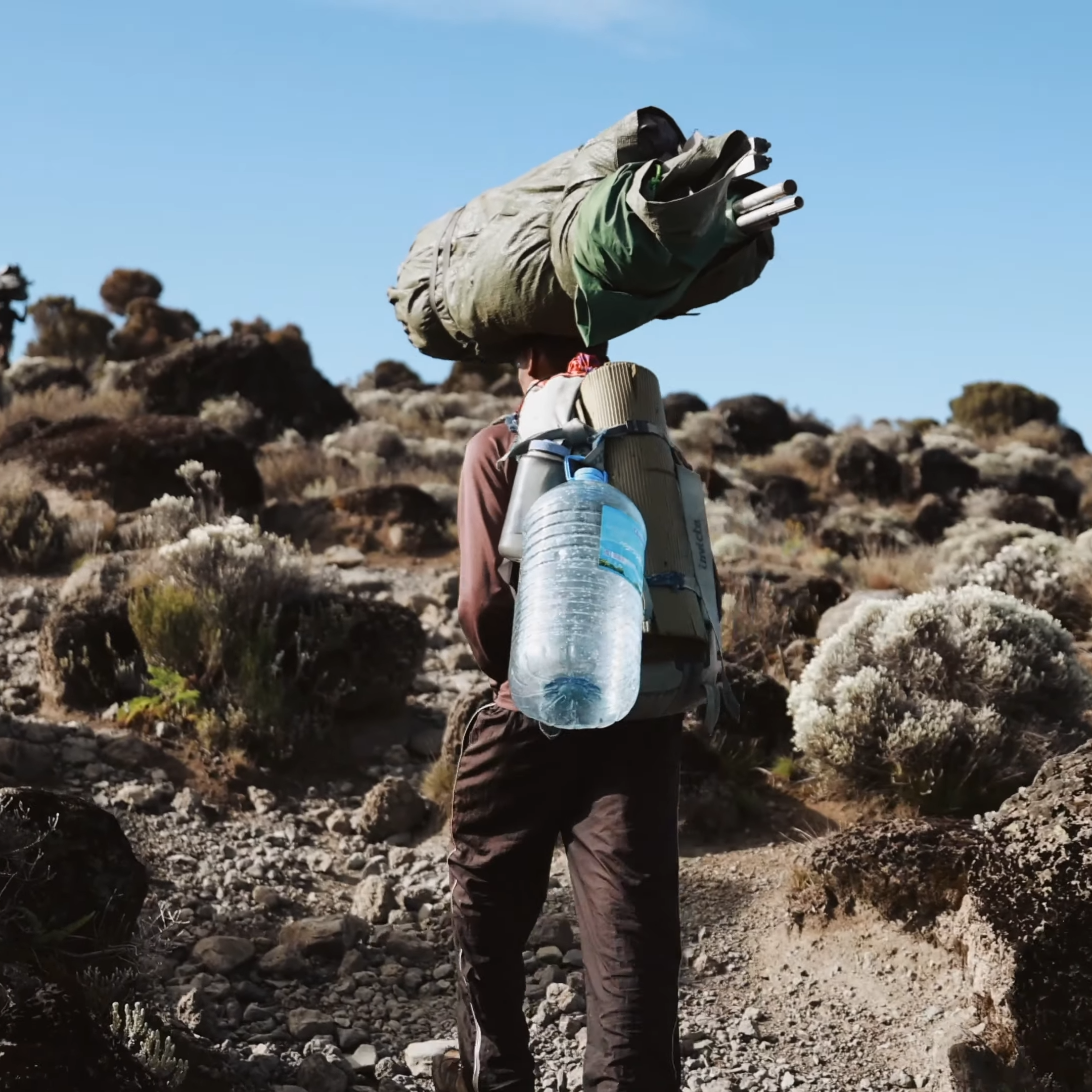
Mount Kilimanjaro Acclimatization FAQs
What is the best way to prevent altitude sickness on Mount Kilimanjaro?
The best way to prevent altitude sickness is to give your body enough time to acclimatize. This means ascending slowly, following the “climb high, sleep low” principle, and taking rest days when necessary. Additionally, staying hydrated, eating well, and walking at a slow, steady pace (pole pole) all contribute to proper acclimatization.
How do pre-acclimatization hikes help with climbing Mount Kilimanjaro?
Pre-acclimatization hikes, such as climbing Mount Meru or Mount Kenya, help your body adjust to higher altitudes before tackling Kilimanjaro. These climbs provide exposure to the same altitudes you’ll experience on Kilimanjaro, reducing the chances of altitude sickness. Doing these hikes shortly before your Kilimanjaro climb ensures maximum benefit.
Why is it important to include rest days during a Kilimanjaro trek?
Rest days allow your body to adjust to the lower oxygen levels at higher altitudes, which helps prevent altitude sickness. Active acclimatization—such as short hikes on rest days—improves your chances of successfully reaching the summit. Many climbers add rest days on longer routes, like Lemosho or Machame, to enhance their acclimatization.
Which Kilimanjaro route is best for acclimatization?
The Machame, Lemosho, and Shira routes are considered the best for acclimatization because they naturally incorporate the “climb high, sleep low” strategy. For example, you climb to Lava Tower at 4,500m and then descend to Barranco Camp, giving your body time to adjust to the altitude before continuing to higher elevations.
How does walking 'pole pole' help with acclimatization?
“Pole pole” means “slowly” in Swahili, and it’s a key mantra for climbing Kilimanjaro. Walking at a slower pace allows your body to adapt to the altitude gradually, which is essential for avoiding altitude sickness. Moving too fast can overwhelm your system and increase your risk of symptoms like headaches, nausea, and fatigue.
Should I take Diamox to prevent altitude sickness on Kilimanjaro?
Diamox is a common medication used to prevent altitude sickness. Many climbers take 125mg twice a day starting from the first day of the trek. While it can help reduce symptoms like headaches, not everyone needs it. It’s important to consult with your doctor before taking Diamox to ensure it’s the right option for you.
How does hydration affect acclimatization on Kilimanjaro?
Staying hydrated is crucial for acclimatization because dehydration can worsen altitude sickness symptoms. Drinking plenty of water throughout the day helps maintain energy levels and keeps altitude-related symptoms at bay. Most trekkers use hydration packs to ensure easy access to water while walking.
What should I eat to help with acclimatization on Kilimanjaro?
Eating enough calories and maintaining a balanced diet is essential to keeping your energy up during the climb. Carbohydrates and proteins provide the fuel your body needs to cope with the physical demands of the trek and the lower oxygen levels at higher altitudes.
How can hiring a porter help with acclimatization on Kilimanjaro?
Hiring a porter reduces the physical strain of carrying a heavy backpack, which allows your body to focus on adjusting to the altitude. By saving energy, you’ll have an easier time acclimatizing, making the overall climb more manageable.
Why is the 'climb high, sleep low' strategy important for acclimatization?
The “climb high, sleep low” strategy means ascending to a higher altitude during the day and descending to sleep at a lower altitude at night. This technique is crucial for acclimatization because it allows your body to experience higher elevations while resting at a more comfortable altitude, reducing the risk of altitude sickness.

